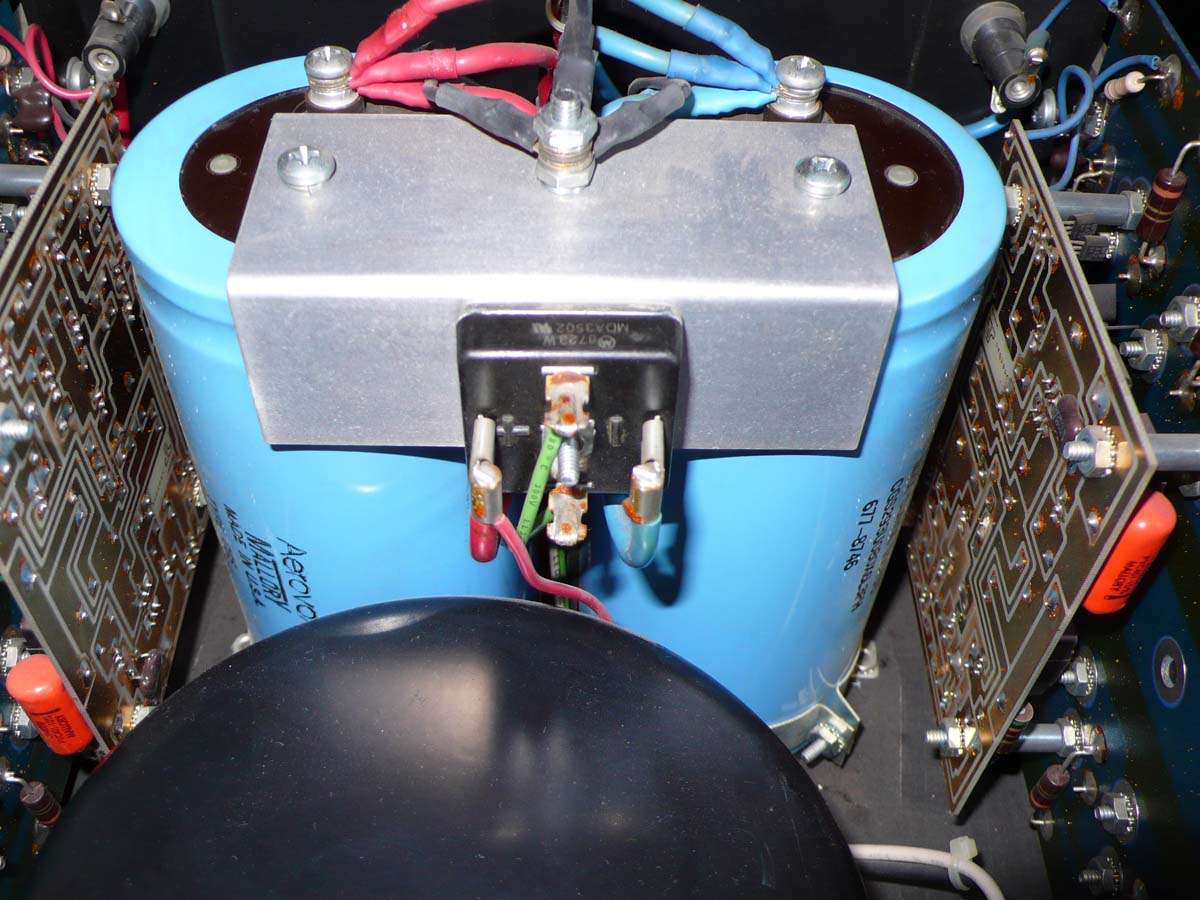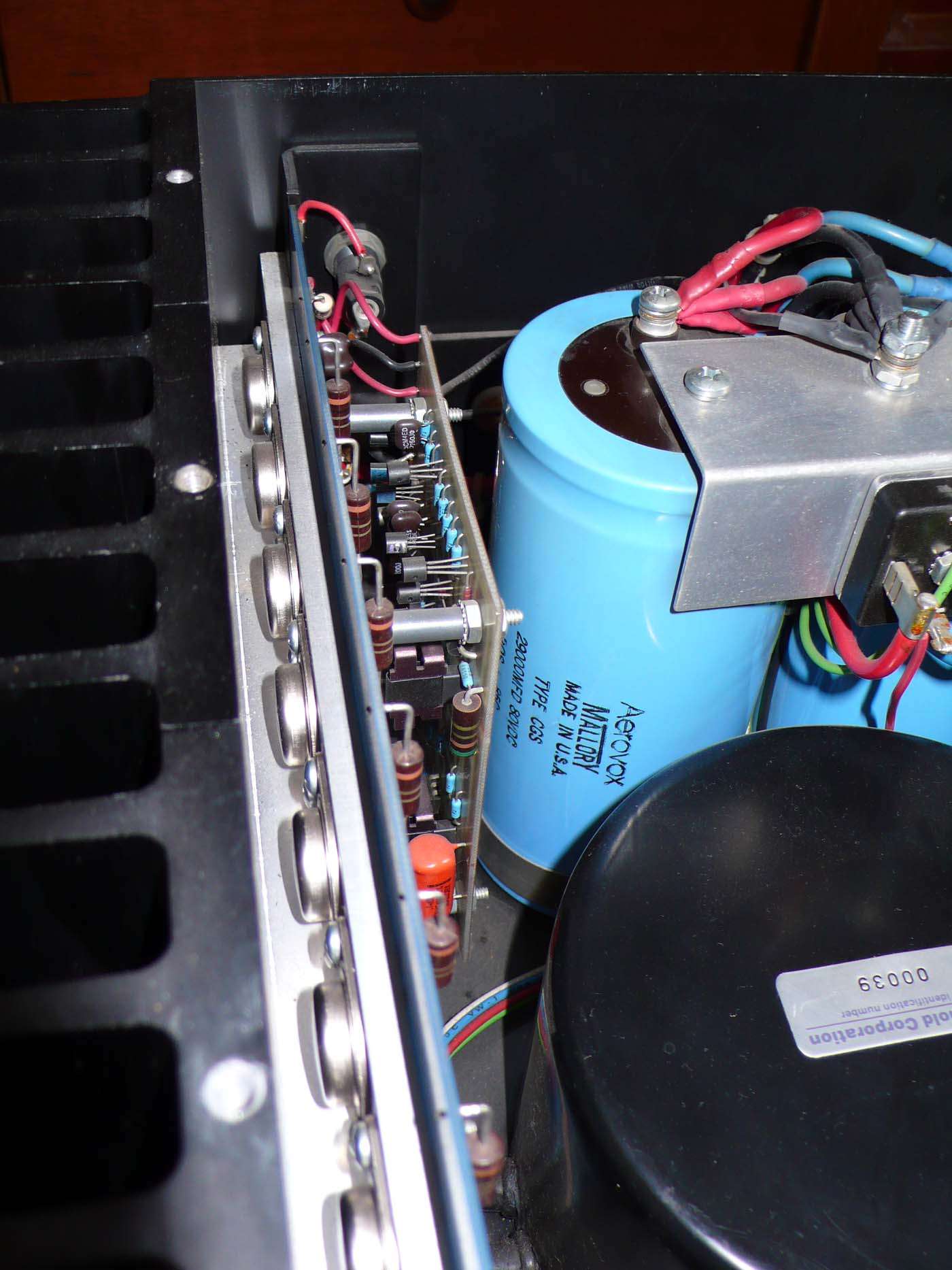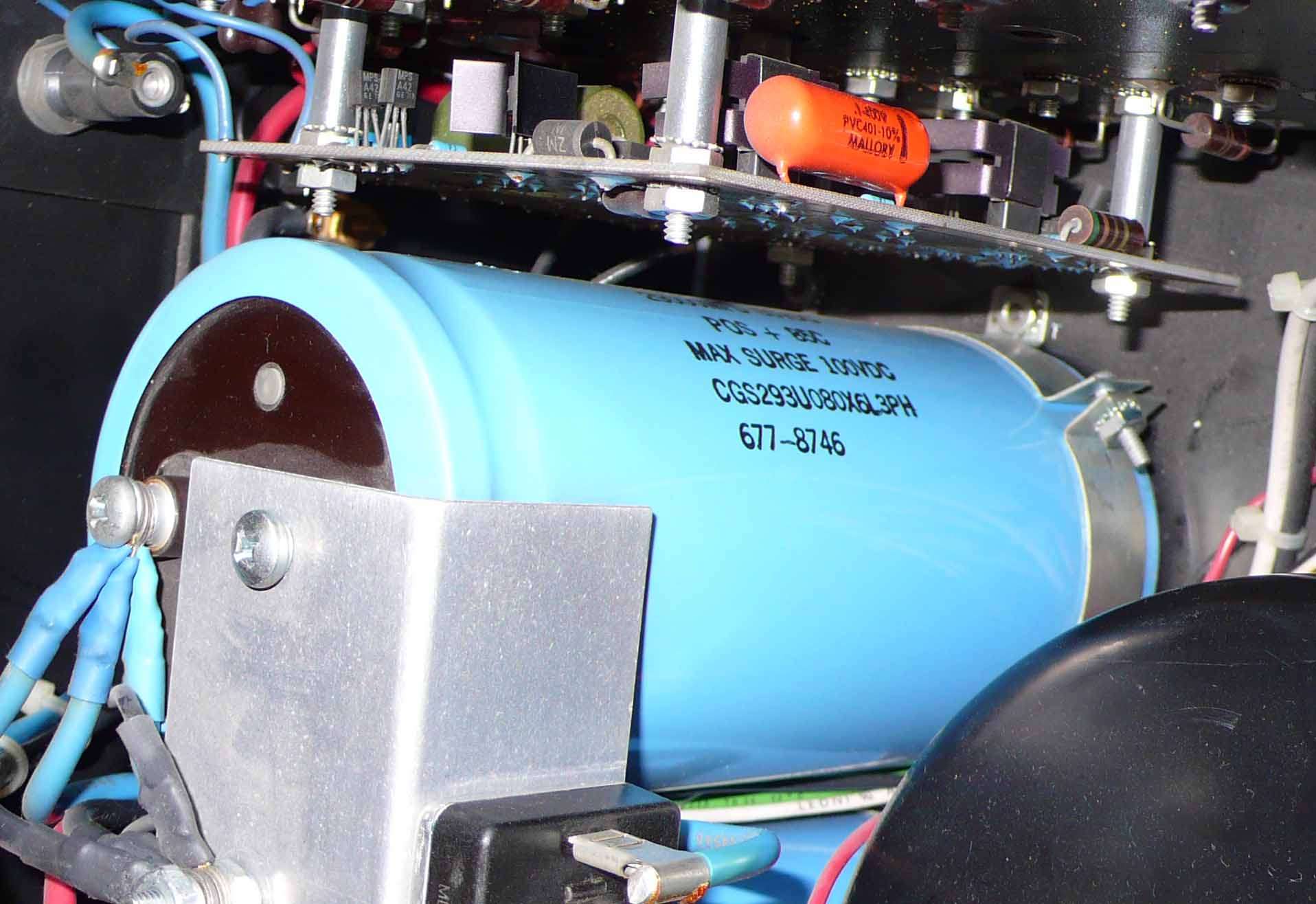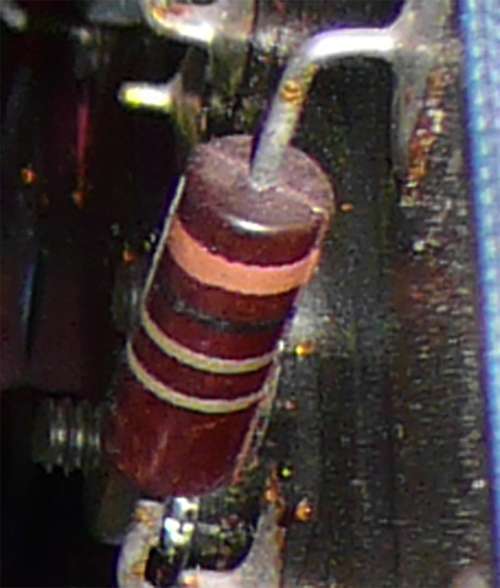I recently got this amplifier which seems in original condition. Serial# 36, so probably quite old and appears to have been well used.
It plays very silent but there are a couple of small issues: a "thud" at startup
not so loud to worry for the speakers though; I wonder if this is normal?
Second issue is that after shutting down it continues to deliver distorted
sound for some 10/15 seconds.
Bias seems ok at approx. 55 celsius on both heat sinks (average temperature of 26 in the room).
Maybe time to change main caps and/or check anything else?
It plays very silent but there are a couple of small issues: a "thud" at startup
not so loud to worry for the speakers though; I wonder if this is normal?
Second issue is that after shutting down it continues to deliver distorted
sound for some 10/15 seconds.
Bias seems ok at approx. 55 celsius on both heat sinks (average temperature of 26 in the room).
Maybe time to change main caps and/or check anything else?
no worry for two mentioned things
regarding caps - post few highres pics
though , I would recap it , without hesitation
regarding caps - post few highres pics
though , I would recap it , without hesitation
Here are some pictures. I can't make out the manufacturing date of the capacitors but if they are the originals might well be 30+ years old.






that machine deserve complete overhaul
not just recap , but also dismantle of one by one output transistor , cleaning of mica and thermal goo and putting new goo back
one by one - just to avoid mixing 😉
not just recap , but also dismantle of one by one output transistor , cleaning of mica and thermal goo and putting new goo back
one by one - just to avoid mixing 😉
Thanks for the info and advice. I have a couple of 47000uF I could use to recap (or are they too big?).
As per cleaning and re installing output transistors, I'll have to seek help: I'm not very experienced in soldering.
As per cleaning and re installing output transistors, I'll have to seek help: I'm not very experienced in soldering.
47mF is ok
replace all smaller ones on pcbs too , especially Tantalums , if there is any
so , help for that too
😉
replace all smaller ones on pcbs too , especially Tantalums , if there is any
so , help for that too
😉
I recently got this amplifier which seems in original condition. Serial# 36, so probably quite old and appears to have been well used.
It plays very silent but there are a couple of small issues: a "thud" at startup
not so loud to worry for the speakers though; I wonder if this is normal?
Second issue is that after shutting down it continues to deliver distorted
sound for some 10/15 seconds.
Bias seems ok at approx. 55 celsius on both heat sinks (average temperature of 26 in the room).
Maybe time to change main caps and/or check anything else?
"It plays very silent" "deliver distorted
sound for some 10/15 seconds."
So i think there is no need to change power supply caps since they can accumulate energy long enough indicating their capacitances keeps enough if not original value.
For heat sink, i would check the temperature of power transistor case and compare with heatsink to know if thermal grease is ok.
I would keep its originality unless i have to not.
Are those emitter resistors carbon?
If so , they will have drifted in value and should be changed out to metal film at this date.
Regards
David
If so , they will have drifted in value and should be changed out to metal film at this date.
Regards
David
47mF is ok
replace all smaller ones on pcbs too , especially Tantalums , if there is any
so , help for that too
😉
Right then... a total overhaul. Is there a part list of this amp anywhere to be found?
"It plays very silent" "deliver distorted
sound for some 10/15 seconds."
For heat sink, i would check the temperature of power transistor case and compare with heatsink to know if thermal grease is ok.
I would keep its originality unless i have to not.
I'll have to loan a laser thermometer to check thermal behaviour.
I also tend not to mess with something working ok but this amplifier is expensive (to me at least), runs quite hot and it's not young so to prevent expensive failures...
Are those emitter resistors carbon?
If so , they will have drifted in value and should be changed out to metal film at this date.
Regards
David
Similar in the looks but I don't think they are carbon composition; maybe wirewound or other material:

Worth to check value anyway (I've read they should be 1 ohm).
Since the first band (brown) is wider than the rest it usually means wire wound, been thru this on Audio Research and Phase Linear. If there was a blue band on the end that would mean flameproof. These are IRC brand color codes, I don't if it's an industry standard.
Craig
Craig
Bradley, as in the same color band code, an Allen Bradley color chart is easy to find on the web.
The one in the picture has rounded ends, plus lines/edges along the length of the body, most likely a TRW.
(the ones by e.g. IRC, AB, Ohmite, Speer are smoother, flatter ends)
The one in the picture has rounded ends, plus lines/edges along the length of the body, most likely a TRW.
(the ones by e.g. IRC, AB, Ohmite, Speer are smoother, flatter ends)
Bradley, as in the same color band code, an Allen Bradley color chart is easy to find on the web.
The one in the picture has rounded ends, plus lines/edges along the length of the body, most likely a TRW.
(the ones by e.g. IRC, AB, Ohmite, Speer are smoother, flatter ends)
Can you help me? Got recently SA4e; change the big can capacitor with exact values 31-K mF and been working for a month. Last night, after 45-mins of playing, the amp shut down.
check the fuses all is OK, turn on several time on power (no power light).
Can anybody comments where to check?
Ricoh
- Home
- Amplifiers
- Pass Labs
- Threshold SA-3 problem (or not?)